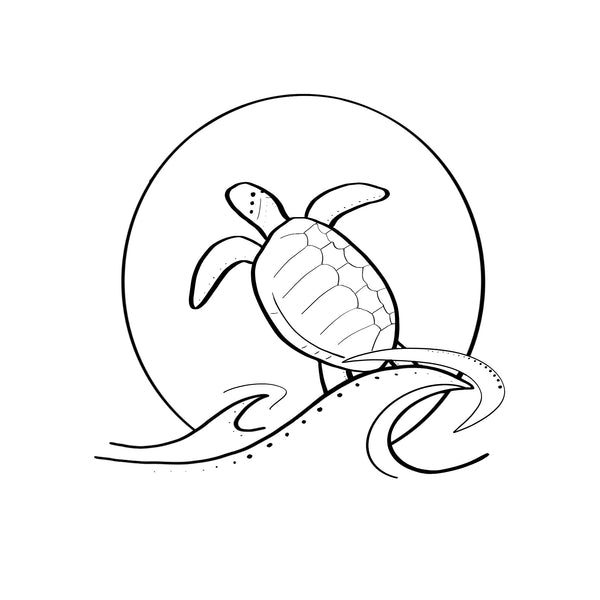Hey everyone, I hope you enjoyed my last post on Chinese New Year! In today’s blog post, I want to discuss when to lay down certain colors when painting. Watercolor can be a tricky beast if you’re new to it. One thing I found that helped me early on was to organize my colors after I sketched out my painting. I found that by painting the lightest colors first, then the darkest colors, I could layer up my paints a little easier and they blended together better.

For example, I sketched out a fun outer space-themed painting. Which requires a lot of dark colors for the background space. So to start this painting, I started with white paint for the suit color. Now you may be thinking why paint something white on white paper? The white paint I use helps make the paper more matte and comes across more cohesively when all spaces of the area are painted in comparison to leaving it blank. Once I lay down the white paint and let it dry, I then paint the grey glitter details in the astronaut’s suit. This color comes from the smiling hippo. Once that dries I then go in and add the red and then the blue details. Once those are all in, I break my own color rule. I go in with a dark color mix from the smiling hippo (I mixed a grey color, and a brown color) and apply it to the mask section of the astronaut, except for the bottom right corner. I then go in with a sparkly yellow color from the smiling hippo in the bottom corner. Then I slowly merge the dark color mix, with the yellow to make it a fuzzy outline of a star. I do this because the mask, isn’t going to be a clear crisp reflection, I wanted it to have an overall hazy appearance.
I also work on the stars in a similar fashion, I start with a light yellow color, then pull in darker yellows, oranges, then golds, bronze, and even small red tones into the star. Layering up the different colors helps give it dimension, and gives the stars more character, in comparison to a simple yellow star.
I use this same technique with the planet in the background, I put down pinks, then light purples, darker purples, then some blues. I then go on top of the painting, in a purple honey color from the smiling hippo.
I also paint the rocket, with a grey glitter color (the same color I used for the light grey details on the astronaut), then red, blue, then the dark color I used for the astronaut’s mask for the window and door frame of the rocket.
Once all of the small details are done, I go in with a large paintbrush with black and blue and dab the colors across the background, to give it the feel of being in the middle of the galaxy. Once all of those are dry, I take silvers, and gold, and dot them across the sky for faraway stars and planets.

I hope you enjoyed my first post for February. Until the next post, stay safe and be kind to one another!

